This Detroit Native is a Big-Block Chevy B-body Connoisseur
I saw Leigh Scott’s car before I saw him. It was parked in front of Pasteiner’s Auto Zone, the automotive hobby and book store on Metro Detroit’s Woodward Avenue. A sky blue beauty, the 1966 Impala Super Sport convertible sported a 427 badge riding on the front fender. It was the kind of near-perfect machine that leaves car folk speechless, particularly those of us who came of age in the ‘60s.
Leigh Scott, the car’s owner, is an accomplished restoration expert and dedicated fan of big Chevies with big-blocks under the hood. He wasn’t always in the restoration business; he only took up the trade full-time after retiring from a management position at GM. But Scott’s story precedes his days at GM by many years.
It begins with 14-year-old Scott working long hours outdoors on a street deep in the east side of the Motor City. With knuckles bleeding and limbs sore, he was trying to get his beat-up ’64 Dodge looking decent and its 413-cubic-inch V-8 running more or less well. His street-side workplace was just off Gratiot Avenue, the epicenter of car culture in that part of town.
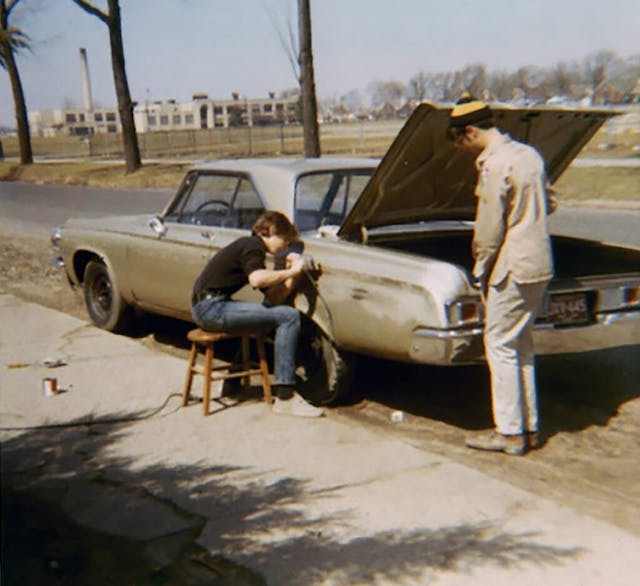
Old-school east siders, including Scott, would argue that Gratiot—which boasted the shops of pro racers, numerous cruiser hangouts, and the nationally renowned Gratiot Auto Supply—was the busted-knuckle hardcore center of Motor City automotive culture, inhabited by dedicated car folk who looked with a bit of disdain at the privileged young people who cruised Woodward.
Scott patched up the rust holes in the Dodge as best he could and sent it to Earl Scheib for a $29.95 paint job. When he turned 16, he took his driver’s license test in the Dodge at the Michigan Secretary of State office on Seven Mile Road. By then it was jacked up and equipped with loud Thrush mufflers, looking and sounding the part of a street machine. The state employee who tested him asked whose car it was, probably thinking it belonged to an older friend. “It’s mine,” said Scott.
He drove that loud and potent Dodge to school, first at Detroit’s Cass Technical High School, and after he and his single mom moved, to Pontiac Central High School. After graduating in 1973, Scott didn’t have enough money to continue his education, but a relative who worked at a college in Kentucky offered him employment that could help him pay for tuition. In Kentucky, he found his second car, a ’56 Chevy. He drove it back to Detroit, planted a big motor under the hood, bolted on some Cragars, and got into all kinds of trouble on the streets.
At the time, the car-crazy young of Detroit’s east side drag-raced on Conner, where it passes through cemeteries on both sides of the street near Seven Mile Road. Since there are no intersections, quarter-mile runs are possible, if extremely dangerous. One night when Scott was competing on that dark street with slicks on and headers uncapped, he saw the lights of a cop car in his mirror. Already close to losing his license, he took off down Seven Mile, with the squad car in hot pursuit. Turning off into a side street, he shut the engine off and coasted into a driveway. Ten minutes or so later, he fired it up and drove home. His mom met him at the door and said the police had been there looking for him and were coming back.
They didn’t. But weeks later, he encountered a cop while parked in a local Dairy Queen. The officer recognized the car and told Scott he was lucky that he couldn’t arrest him after the fact. Rather than take a chance on another moving violation, he remained in the DQ parking lot until the officer left. Due to the establishment’s parking lot policy, he had to down half a dozen ice cream cones to remain on site.
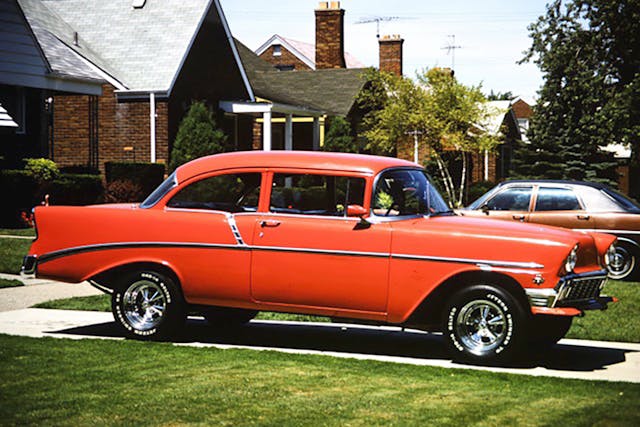
Like many young men who run a bit wild, Scott eventually calmed down. He kept working on that ’56 until it was pretty and took it to Detroit’s Autorama custom car show, winning second place in his class. He didn’t want to keep driving the showy shoebox on the street, so he bought a ’66 Caprice that had bucket seats and a gauge package along with a 390-horsepower 427 big-block motor. Again, he decided it had the potential to be too nice for daily driving and began a restoration. Big car, big motor, restoration. It was a pattern he would repeat many times over.

When Scott restored that first ’66 Chevy he was working on the assembly line at GM. Soon thereafter, he applied for a floor supervisor position and got it. That made him a salaried employee, and GM paid for his education. He eventually earned a BA in Business at the University of Michigan, Ann Arbor, and a degree in International Finance at Wayne State University. That got him promoted to a position as a program planner for GM International. In 2000 he moved to GM Design where he managed programs for specialty vehicles like COPO Camaros. His final assignment was in the Cadillac Design Studio with Kip Wasenko, Tom Peters, and other heroes of GM design.

5r“I was a manager,” Scott said, “so I would just try to get the stylists to show up at work on time and bug them to finalize a design so we could get it released.”
Meanwhile, he kept restoring big Chevies with big-block motors—first for himself, then for customers who had seen his work at shows. Almost all of them were ’66 models. When he retired from GM in 2016, he set up his own shop, Detroit Automotive Restorations, in Southfield, Michigan. He now owns four ’66 Chevys, the Impala Super Sport convertible pictured here, a black Impala Super Sport convertible with the 425-horsepower L72 427, the 390-horsepower 427 Caprice that he restored 40 years ago, and a concours-winning Caprice with bench seat, four-speed, and 396 big-block. That last one is a rarity. But all big-block, big Chevys are uncommon. According to Scott, GM built about 1.5 million full-size Chevys in ’66. Only about 6000 were equipped with the 427-cubic-inch engines. Many of those were later trashed by folks looking for a big-block to swap into their Camaro, Chevelle, or Corvette.
As one might guess based on the photos herein, Scott is a perfectionist. His restoration routine calls for total disassembly. Every nut, bolt, and piece of insulation is removed and repaired or replaced. Rust holes and other damage are erased. The bare bodies are treated to a chemical wash in huge tanks at American Metal Cleaning in Toledo, Ohio. There, the car bodies are dipped in an alkaline solution that strips away everything, including any aluminum parts that might be attached. When the body is clean, Scott loads it into an enclosed trailer and hauls it down to Elkhart, Indiana, where it’s e-coated with primer. This process is an electro-magnetic operation that sucks the primer into every crack and crevice on the body, and it’s now standard industry practice for the steel-bodied cars of major automakers.
Back in Scott’s shop, the body is finished flawlessly and painted before the car is assembled carefully with parts that are either new or look like new. The disassembled engine is sent out for degreasing and machine work, but Scott does the final assembly himself. He knows big-blocks.
I shot Scott’s Impala convertible at his Bloomfield, Michigan, home on a gloomy November Sunday as winter threatened to move in, but the car’s flawless finish shone through the gray. It’s a beauty, outfitted with original equipment and a host of dealer-installed accessories. He’s currently working on yet another ’66 big Chevy with a big-block for himself as well as several for customers.
I wish one of them was for me.
***
Check out the Hagerty Media homepage so you don’t miss a single story, or better yet, bookmark it. To get our best stories delivered right to your inbox, subscribe to our newsletters.

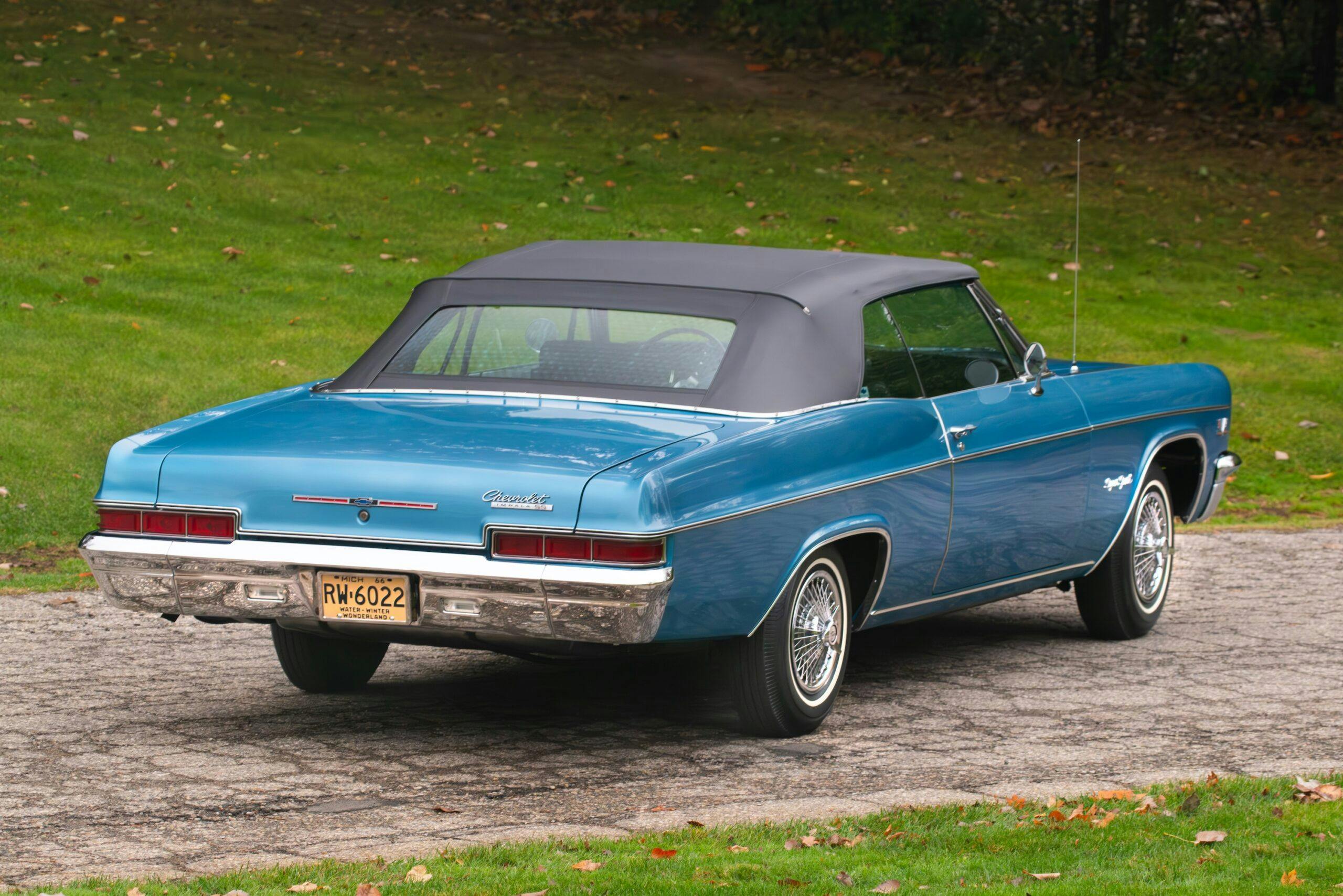
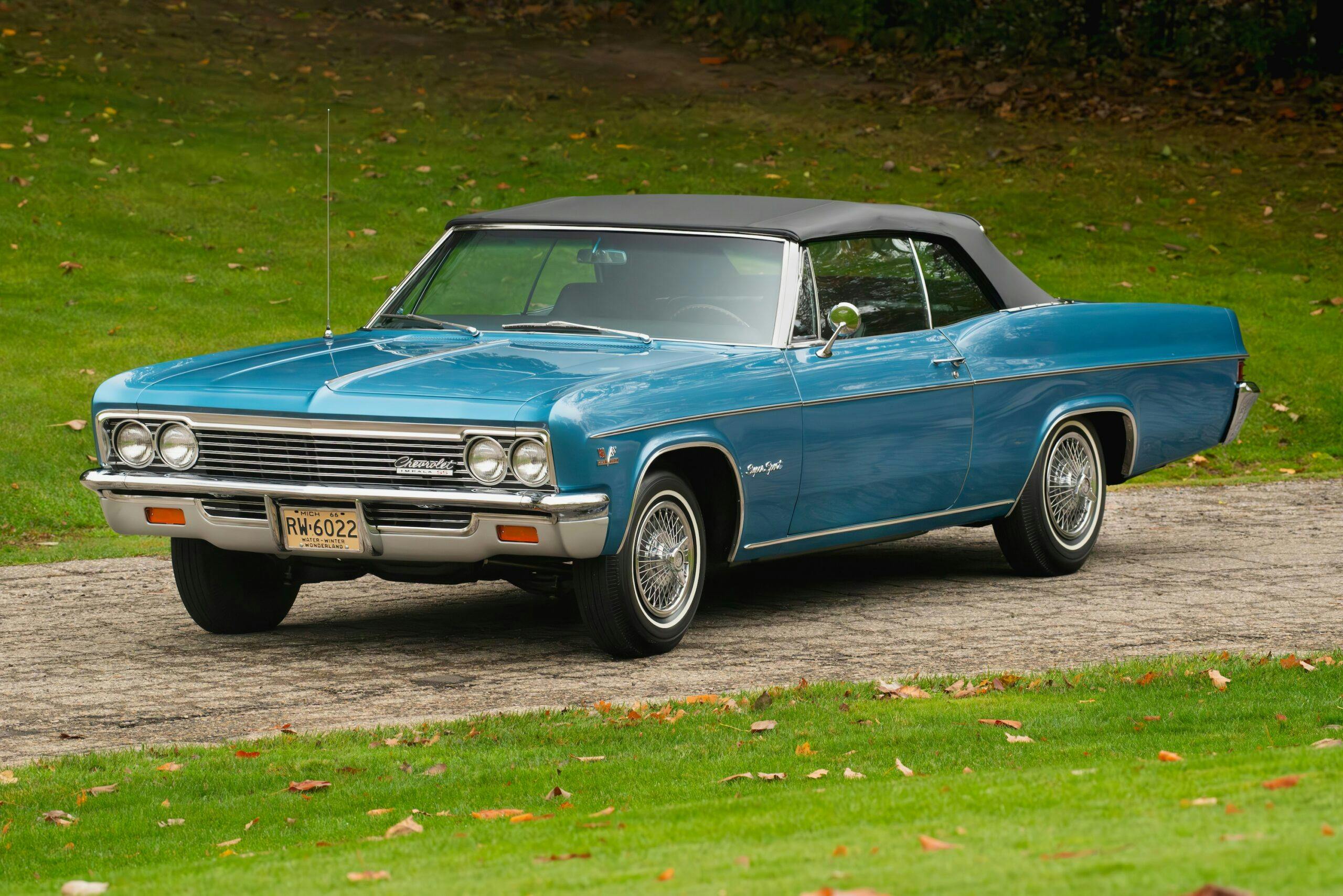
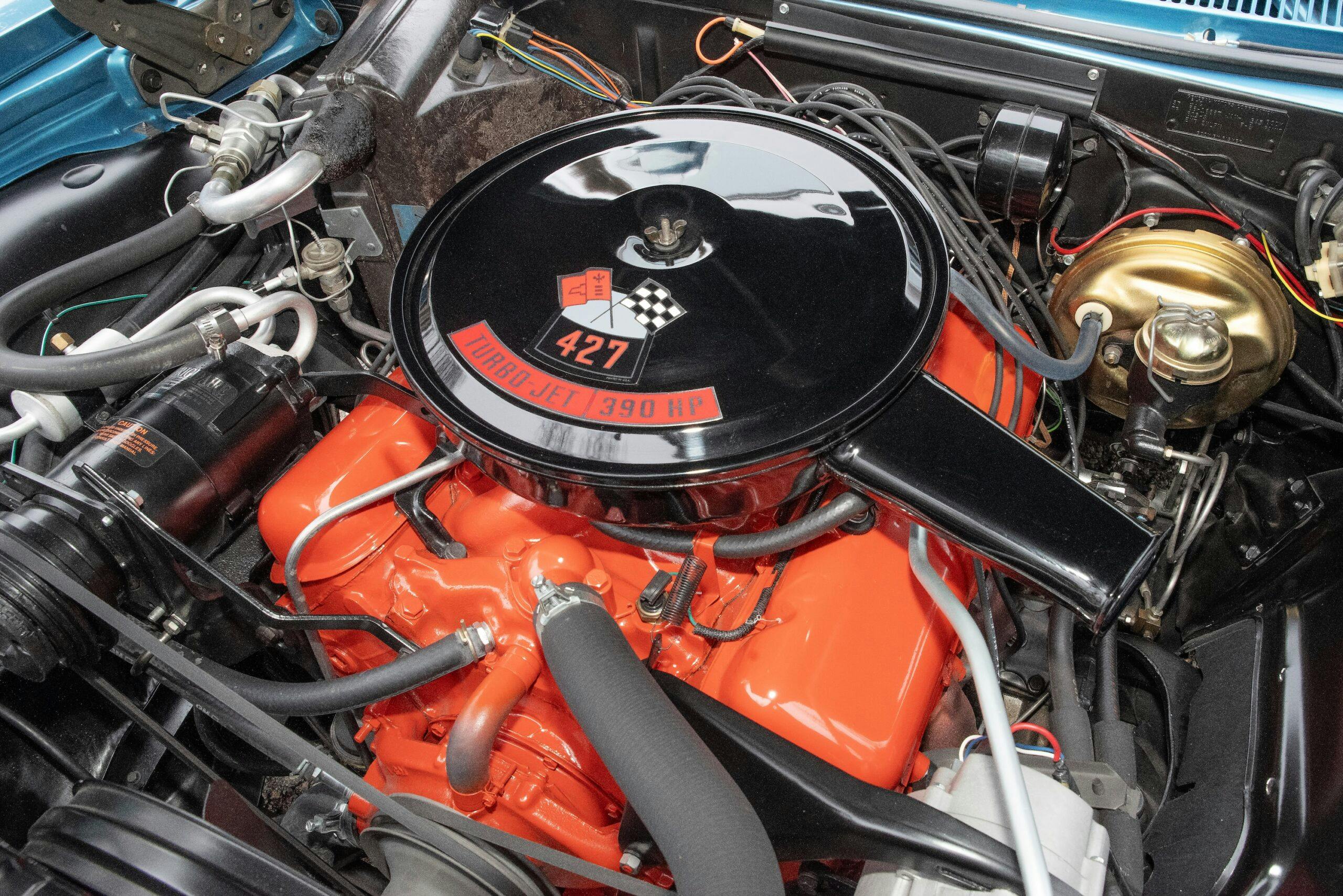
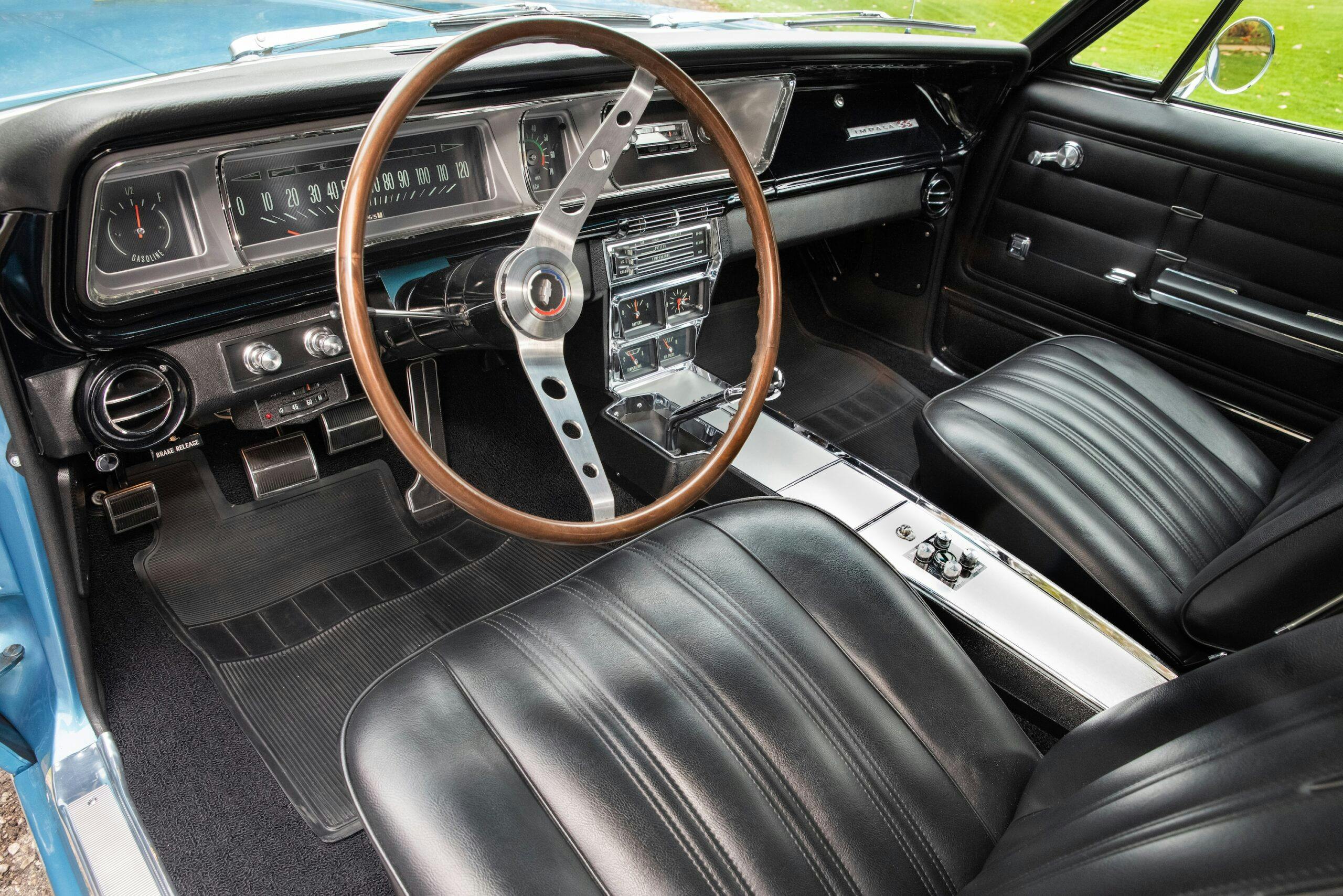
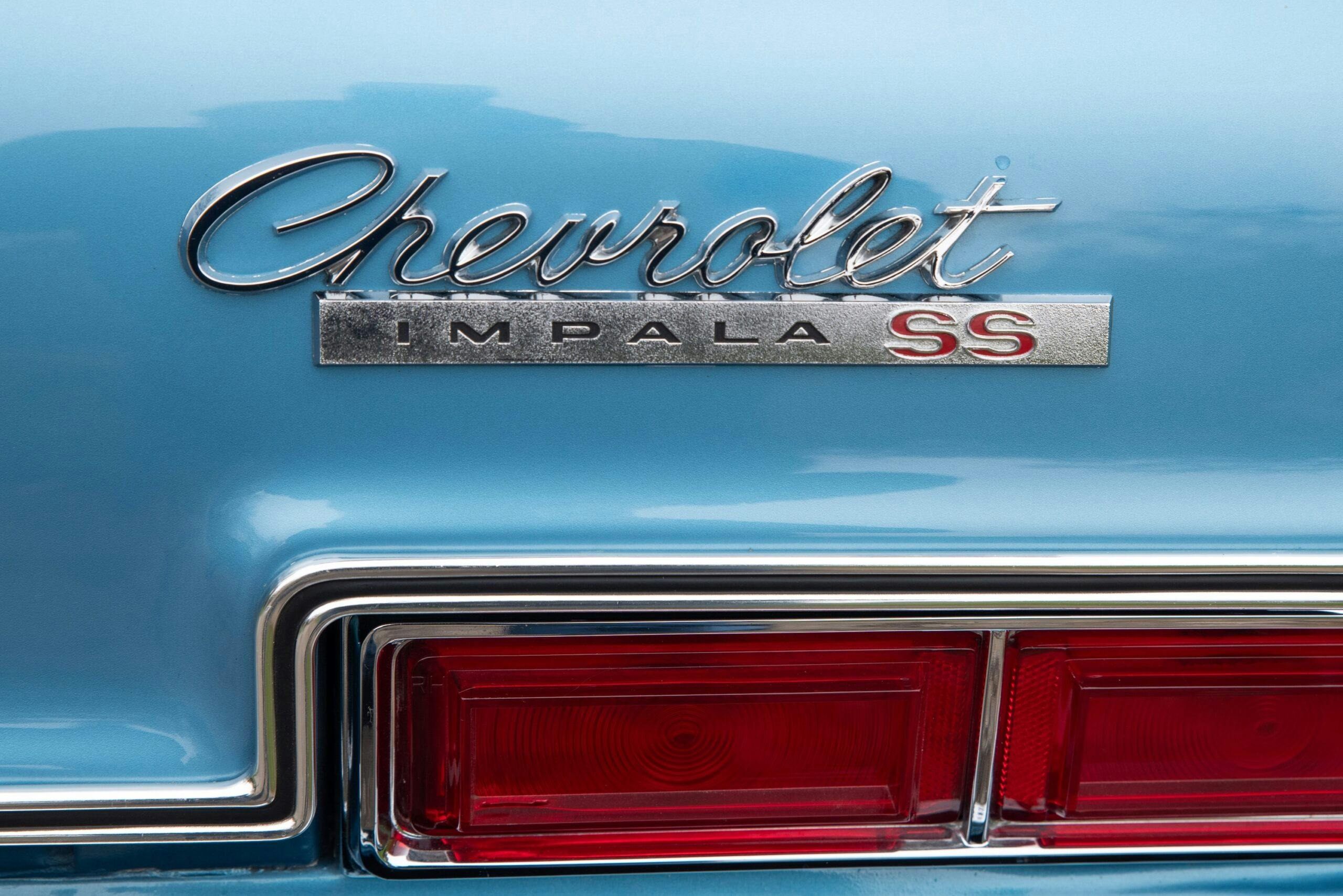



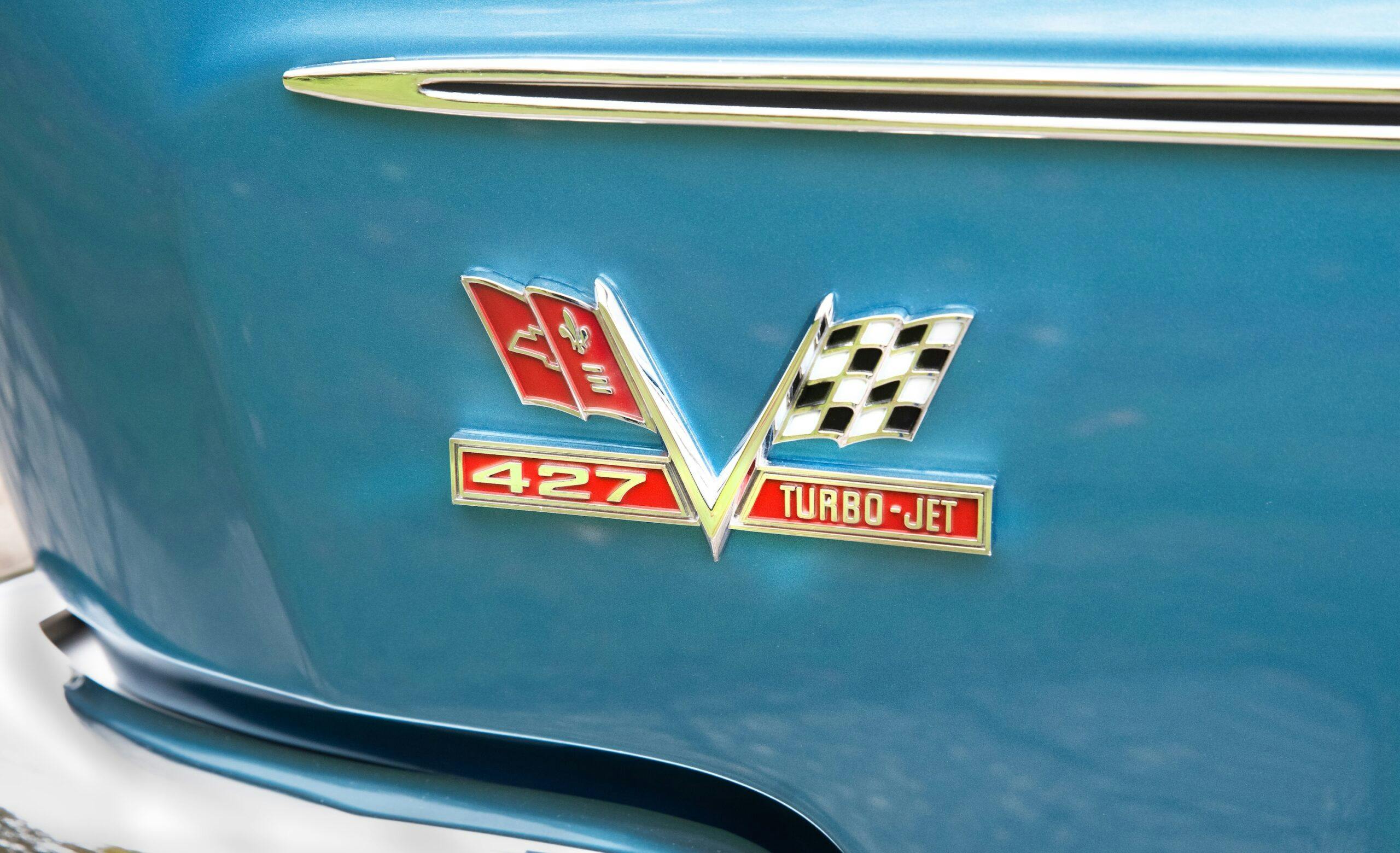
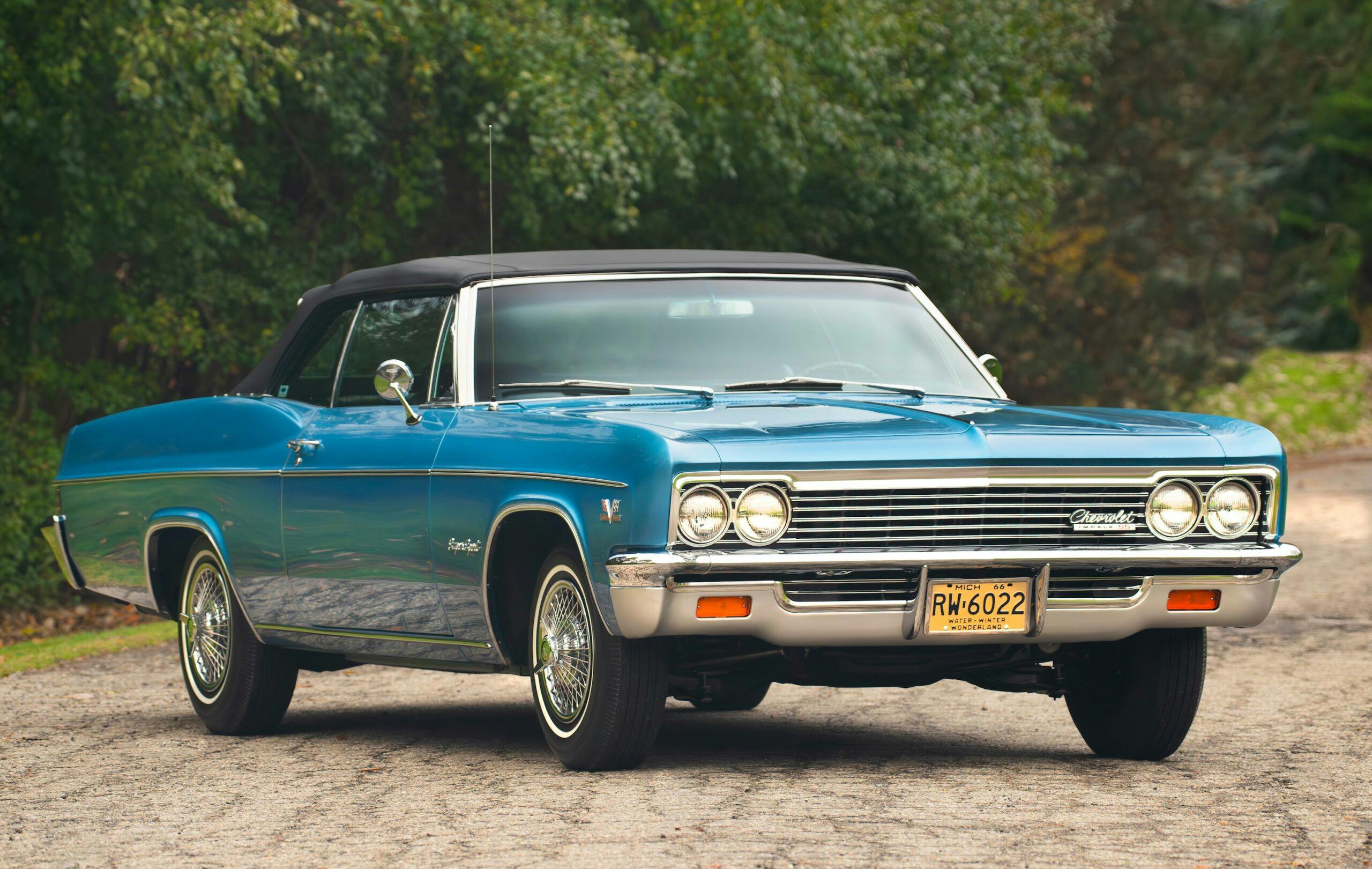

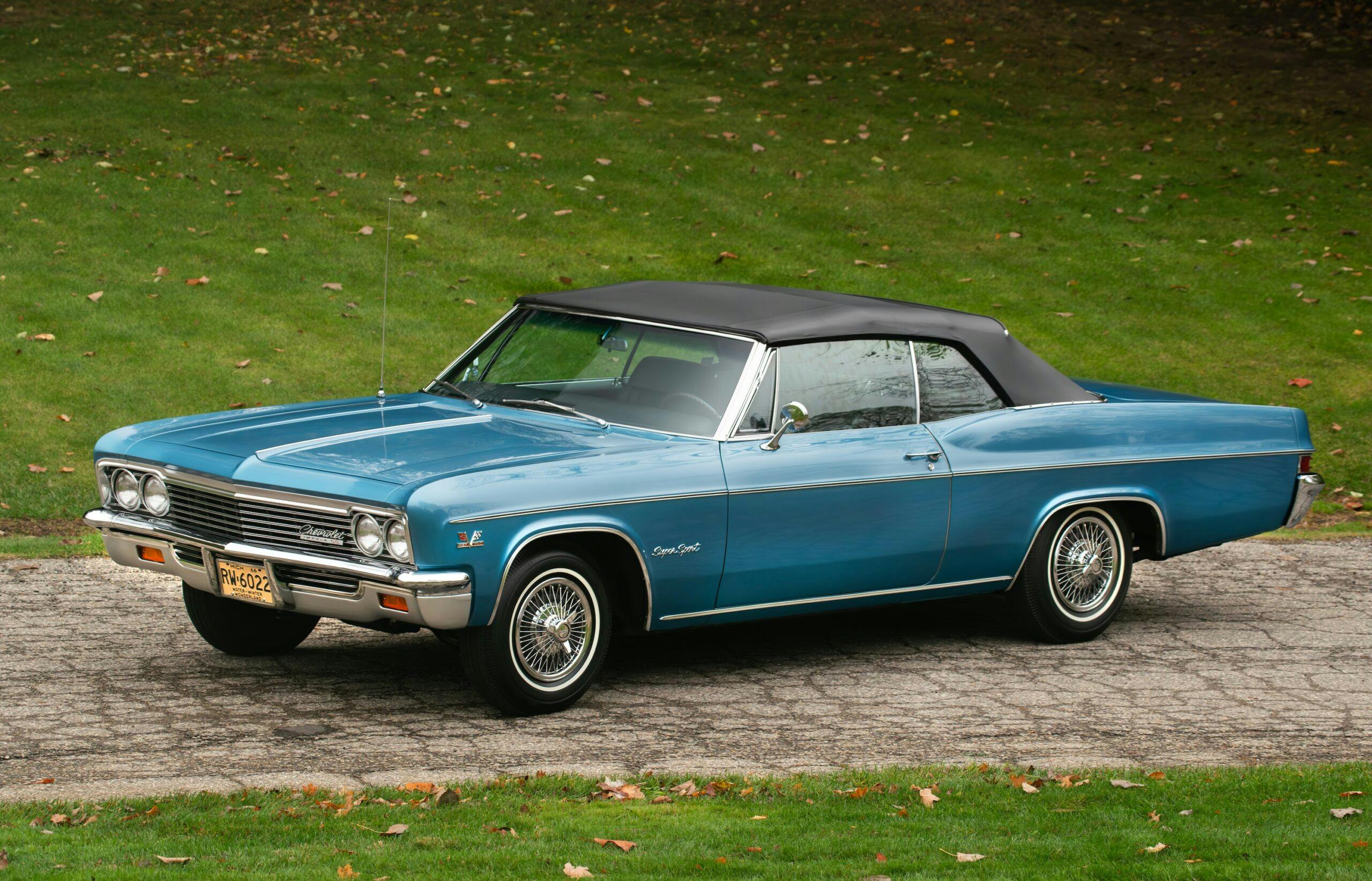

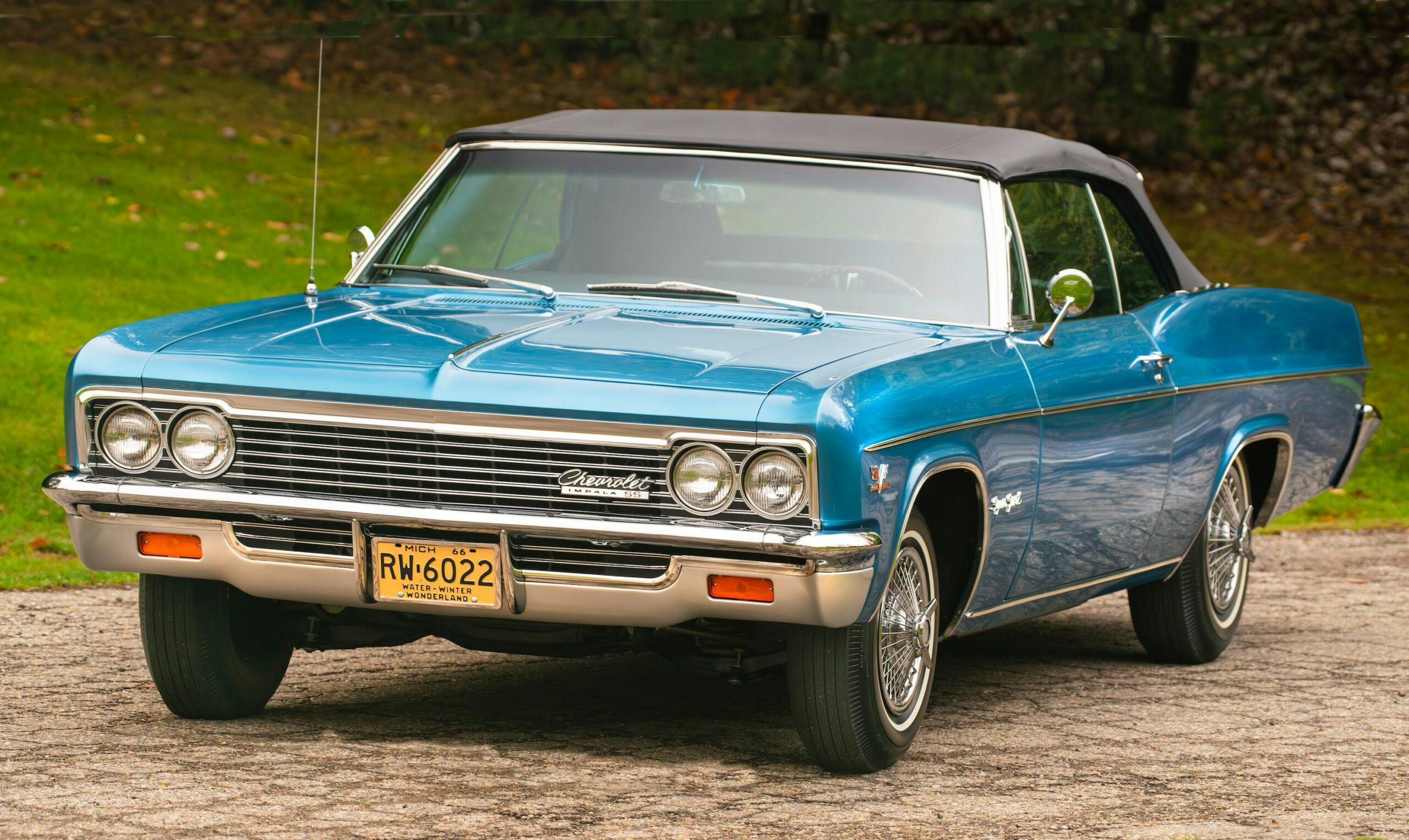


I still have my mom’s 69 Caprice with a 427, and a 67 Caprice wagon with a 396. They are in need but still remind me of the days when I was a kid.
I HAD A 1966 TWO (2) DOOR CAPRICE WHILE I WAS IN THE U.S. ARMY IN THE SIXTIES. IT CAME WITH A 283 CUBIC INCH ENGINE, 2 SPEED POWERGLIDE AUTOMATIC TRANSMISSION. SWITCHED IT OUT WITH A 1965 SUPER SPORT IMPALA’S 327/4BARREL 3 SPEED AUTOMATIC TRANSMISSION. DEFINITELY A NICE “SLEEPER”.
Very nice Impala Leigh, I remember seeing it while a member of the 65/66 Chevy Club. The full size 66 Chevrolet (imho) is the nicest looking of the 60s Bowties. We bought a 66 Impala SS convertible in 1969 and drove it everywhere including many southern Ontario winters. We have owned a lemonwood yellow 66 Impala (nonSS) L36 original 4 speed car for 25+ years and love it. It never ceases to get great comments from passersby.
happy motoring everyone
BJ
Yes sir! My first car was a 66 Impala SS conv, bought for $1000 couple years old. Had a 283/Powerglide but what memories, learned how to wrench, do tune ups etc on that car!
Best looking B body for sure!
It’s a very nice Impala and a very nice shade of blue.
For the record, the color is Marina Blue. I had one back in the day. The console gauges were an option back then. I ordered them for my SS. I noticed that this car has factory air. What a rare option on a 1966 Impala SS convertible. Back then A/C was rare on cars, even extremely rare on a convertible!
My first new Car was a Black 1966 Impala Super Sport HT with a red interior, a 396 and a 4spd. I sold the car in 1967 as I was going to a new job in a remote area. The car change hands a few times and I came across it by accident several years later. I tried to buy it back but the owner said it wasn’t for sale as his kids had all learned to drive with the 4 spd and didn’t want him to sell it.
Cool car! But having to eat a half-dozen DQ cones…man, that would be really tough duty. ;<)
A cousin (who had also owned Corvettes back then) bought new a 1966 Impala two-door hardtop, with the 396 and 3-on-the-tree. Wonder how many like that were built? Probably not many – and he walked in and bought it off the showroom floor!
I bet that 3 pedal car drives like a dream. I keep looking at the orange engine paint “overspray” on that small rubber hose and clamps, though, on top of the water pump. Just sayin’. Stuff like that makes me smile because we are all human, and we forget about little details that seem to attract a lot of eyes. That is a beautiful car though.
I would venture a guess that it came that way from the factory and wax replicated during the restoration.
Yes that was a common factory trait back the. Extra effort was taken here to just not fix the car up but to take it back to the way it was built. That is not easy.
I see many of these cars and they are seldom restored to this degree. This one could be the example of just how yo do it right.
Job well done and I appreciate looking at cars like this you don’t see every day.
I was at Lordstown when it opened. Still have the yard stick. These were the cars on the line at that time.
Reminds me of an acquaintance back in the 1990’s who had 1965 Impala SS convertible he claimed had been special-built for the wife a very big bigwig at Chevrolet. Triple white, it had all the bells and whistles, including A/C, along with aluminum Corvette wheels. Most notably however, was the powertrain: a 396 with a 4-speed — even though the records say the 409 was the only big engine installed on ’65 SS convertibles.
If it was a fake, it was an incredibly well-done one — everything looked factory-installed. I can’t imagine any one going through that much trouble to create a replica of a model that supposedly didn’t even exist…
Did a light restore of a 69 Caprice Coupe. 427/390hp TH400 Loaded including optional covered headlights and headlight washers. Glacier blue with black vinyl top and interior.
Only want was bucket seats and console instead of bench.
I called it the Stealth Bomber because it was so unassuming and people thought it was a grandpa’s car until they noticed the 427 emblem
Great car and great story. One im sure many of us can relate to. Those were special times.
leigh. great knowing you. excellent history and your cars are immaculate. i remember the jingle noise under hood that bugged you. it was chain on carb choke. that is a tight car. bk
My first new car 66 Big Block Impala 4 spd was a great ride and fast for its size ran low 14s what good memories.
My first car was a used green 1966 Impala SS, 327 two-speed automatic. Saved my paper route, golf course caddying, and grocery-bagging money and paid $600 for it in 1972. I still think about it and miss it to this day.